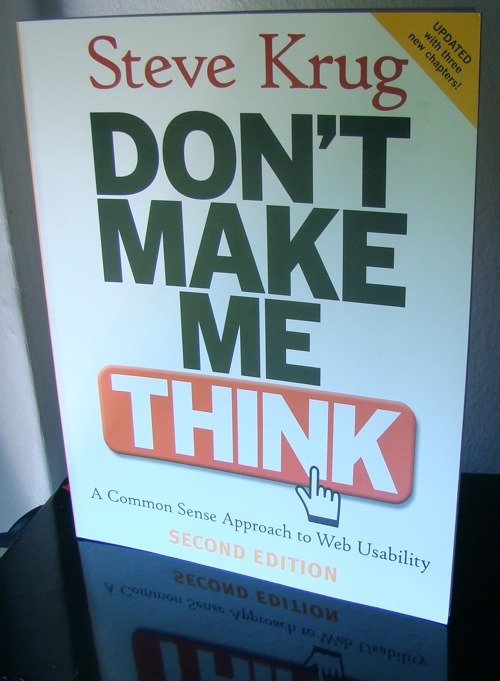
What is it about?
Steve Krug writes about Web Usability, i.e. how can you make it easier for your audience to use your website/web application. He shows how to conduct simple usability tests, how to fix major problems and how people actually use websites.
Key points?
Create self-explanatory websites: Most people don’t read, they scan and try to muddle through your site. Your first goal should be to design your site so that most people can use it intuitively and safely.
Use visual hierarchy: A simple example is a blog post. There is a headline, which is big, some sub headlines, which stands out of the normal text and of course the normal text. This allows your readers to recognize which information is more important.
Conduct simple usability tests: You don’t have to invest $50k to do usability testing. Steve Krug recommends to start with about three people every month. It’s important to record every session, you can use tools like Camtasia for this. But what should you test? Give people assignments to do something, e.g. add a new customer and let them muddle through. You could also ask them what they want to do and why.
Conclusion
Don’t Make Me Think uses his own recommendations which is pretty great. Steve Krug uses lots of examples and shows how real websites could be improved. The book is pretty basic. However, you will receive the most insights from testing your product. Nice book!
